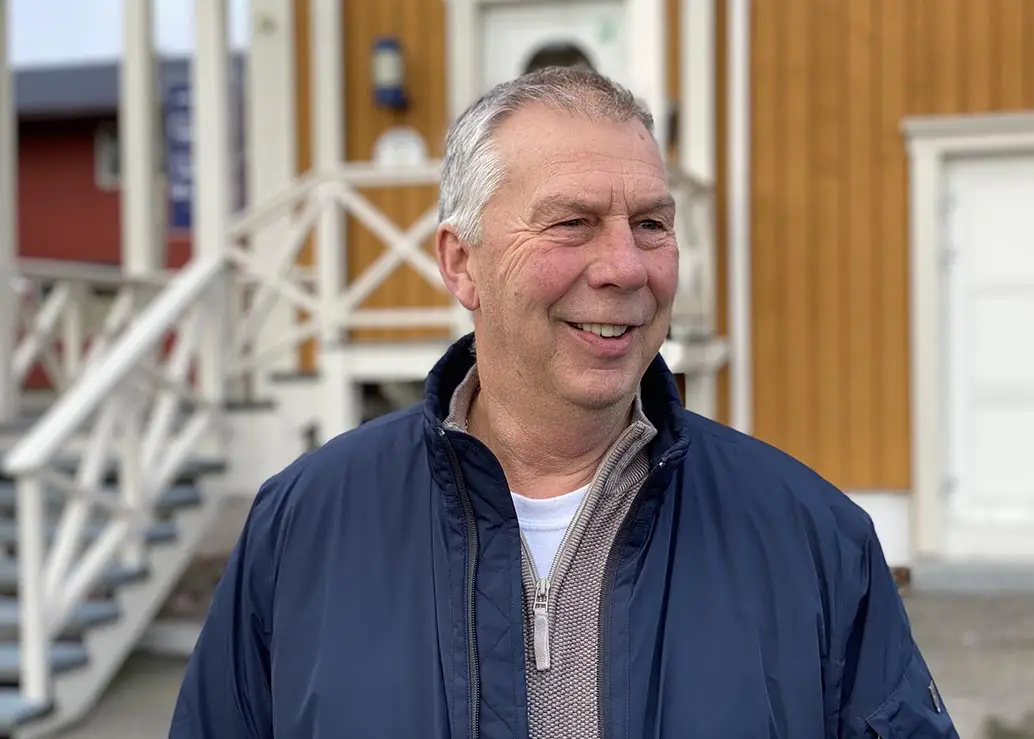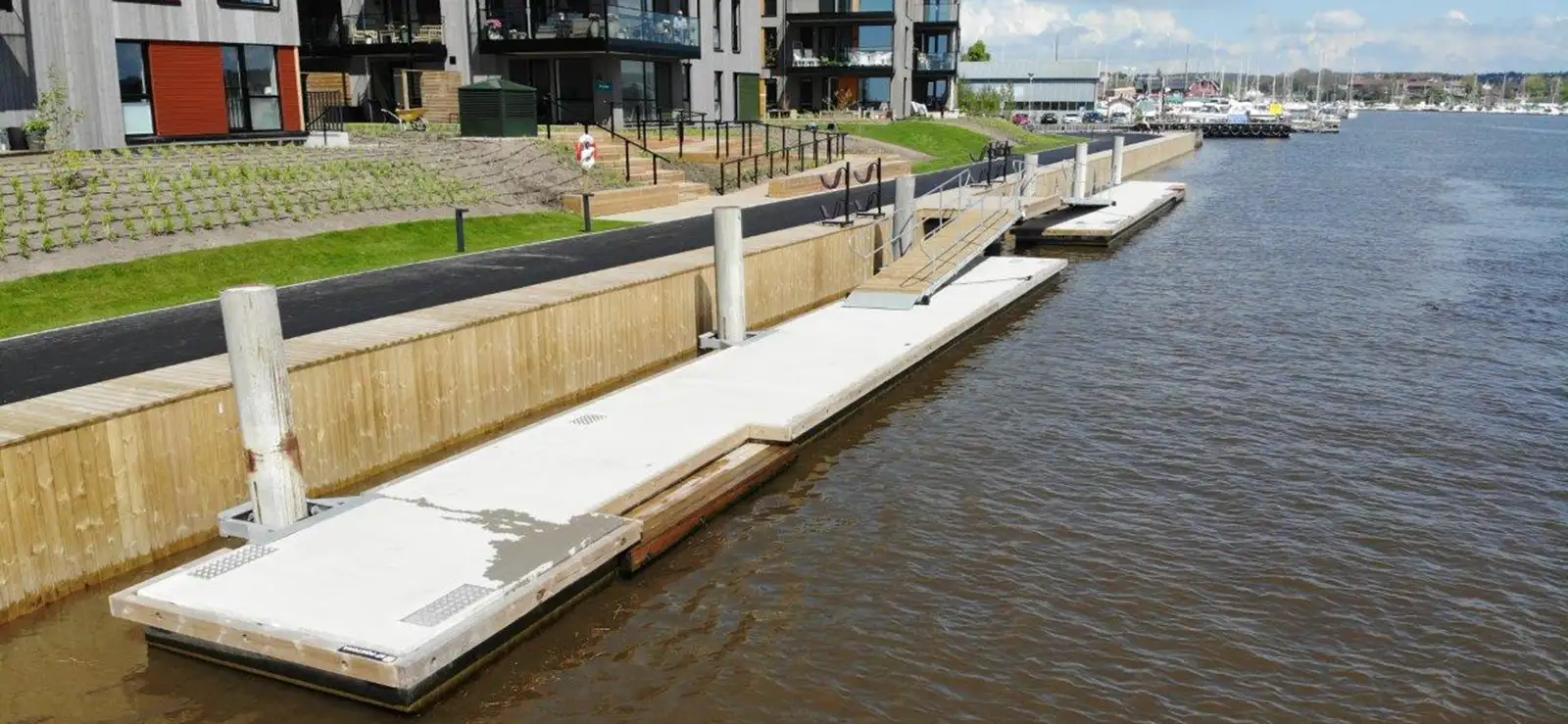Good hunting
Fredrikstad, about 20 kilometres north of the Swedish border, was once voted the most attractive city in Norway. As the city straddles the Glomma river, where it meets the outer Oslo Fjord and Skagerrak, it is not only beautiful but also a very conducive environment for boating and boasts a large number of marinas. It is also the hometown of SF Marina’s Norwegian subsidiary, SF Pontona Norge AS.
SF Pontona Norge AS was founded in 1981 by Ole Morten Klemsdal. The company is now run by Tor Øyvind Halvorsen, a Fredrikstad native who loves spending his spare time small game hunting on foot with his trusted Petit Basset Griffon Vendéen.
“I joined the company in 2000 after having worked for Norsk Stål Tynnplader and Volvo Penta for many years. The marina world is not huge, and I had met Ole Morten a couple of times over the years. Not long after we began working together we won a contract to refurbish Sarbuvollen Båteforening (Sarbuvollen Boating Association), an old 300–320 berth wooden marina in Oslo. So, you could say we got off to a flying start,” says Tor Øyvind Halvorsen.
“You can roughly divide the Norwegian market into four main categories: boating associations, the government and local authorities, developers, and wealthy families. Wealthy families buy one pontoon to moor their pride and joy close to their house. Local authorities can buy a full marina – the guest harbour at Håøya, which we delivered earlier this year, is a good example – but they also order special pontoons. For the municipality of Fredrikstad we have developed a pontoon landing with an automatic wireless induction charging system for the electric ferries transporting people across the Glomma river. For developers, our pontoons offer a chance of adding real value to their projects. Who wouldn’t like to buy a new apartment with its own mooring below? The good thing with developers is that they usually add further berths whereas boating associations tend mainly to refurbish existing marinas,” says Tor Øyvind.
The Norwegians have been a seafaring people since the Early Middle Ages when the Vikings developed the longship. With a beautiful yet complex coastline, marked by high mountains, deep fjords, and numerous small islands, travelling by sea was sometimes the only way to reach otherwise inaccessible places. Throughout the 20th century necessity has turned into recreation. There is no exact listing of the number of leisure boats in Norway, but it is estimated to be close to one million – one of the highest ratios of pleasure craft per capita in the world. Apart from a small number of commercial marinas, most of the pleasure boats are berthed in marinas run by various boating associations.
Tor Øyvind continues: “Boating associations can vary greatly in size, where the small ones are run on a voluntary basis and on municipal land. The associations usually Google for suppliers so we need to appear at the top of Google when they search for certain keywords. They ask three to six of us for proposals, evaluate the alternatives and the cost of these, and invite two suppliers to meet representatives from the association. It’s a competitive environment.”
Despite tough market conditions, just looking at the number of SF Marina installations in Norway in general and Fredrikstad in particular, Tor Øyvind has proved himself to be exceptionally good at hunting down new clients. But he admits: “We have to work hard for our success.”



